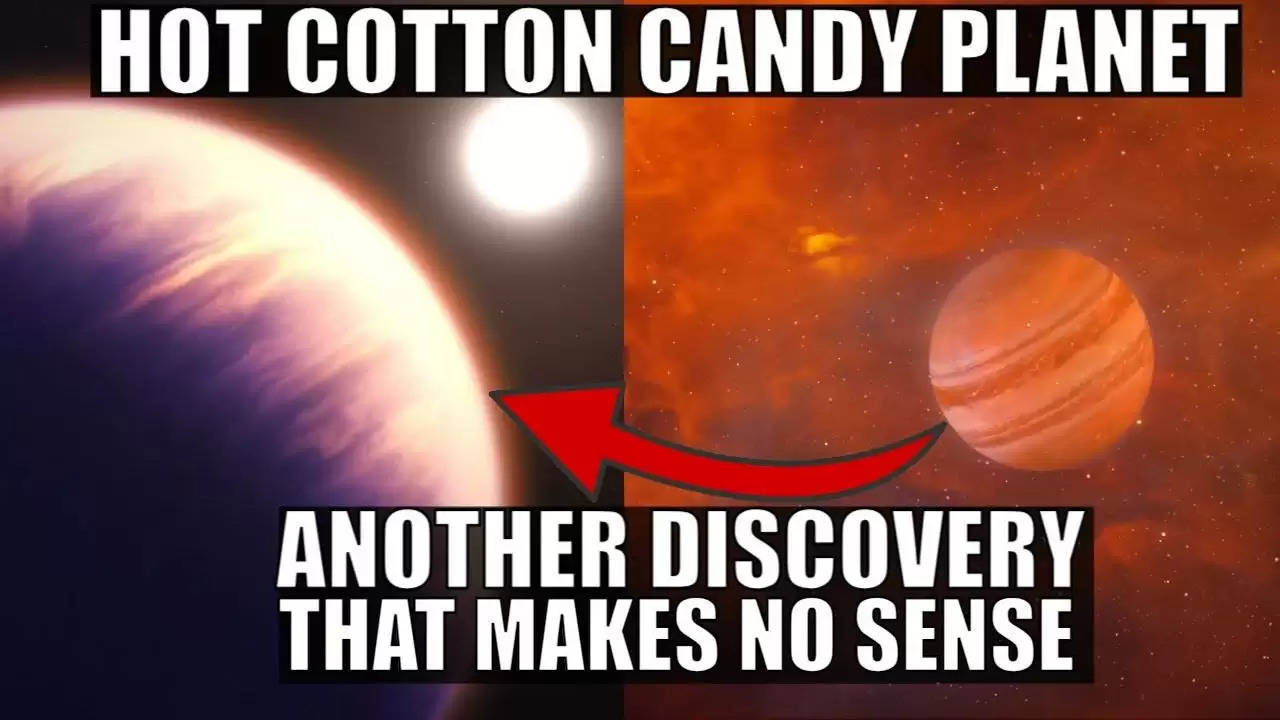Despite being one and a half times that of Jupiter, how is this cotton-looking planet so light? It remains a puzzle even for scientists.

Science News Desk – Scientists have discovered the lowest density exoplanet ever discovered. This planet named WASP-193b is located at a distance of about 1,200 light years from Earth. WASP-193b is 50% larger than Jupiter but has about seven times less mass. WASP-193b has a density of approximately 0.059 grams per cubic meter. That is, its density is approximately equal to the density of cotton candy (old woman's hair) (0.05 g/cm3). Scientists have not yet been able to solve the mystery of how these 'cotton candy' planets are formed. This study about WASP-193b has been published in the Nature Astronomy Journal. The first author of the study is Khaled Barkawi, a postdoctoral researcher at the University of Liège, Belgium.
According to Barkawi, such a low density of WASP-193b cannot be explained by the Standard Model. He told that WASP-193b is the second least dense planet among the planets found so far. Kepler-51d has the lowest density but is much smaller than WASP-193b. Scientists have discovered about 5,000 exoplanets so far. According to Barkawi, WASP-193b's extremely low density makes it the strangest of them all. WASP-193b's density is nothing compared to Jupiter's density (1.33 g/cm3) and Earth's density (5.51 g/cm3).
Why does newly discovered planet WASP-193b look like cotton candy?
The study is co-authored by Julian de Wit, an associate professor at the Massachusetts Institute of Technology (MIT), US. According to him, 'This planet (WASP-193b) is so light that it is difficult to even think of solid state matter here. The reason they are closer to cotton candy is that both contain large amounts of air. This planet is basically quite forgettable.
Earlier, researchers had discovered a cotton candy planet named WASP-107b. Scientists are not unanimous on how that planet was formed. Now the team researching WASP-193b thinks that this planet is made mostly of hydrogen and helium. There are many such gaseous planets present in the galaxy. However, according to Barkawi, WASP-193b remains a cosmic mystery.

